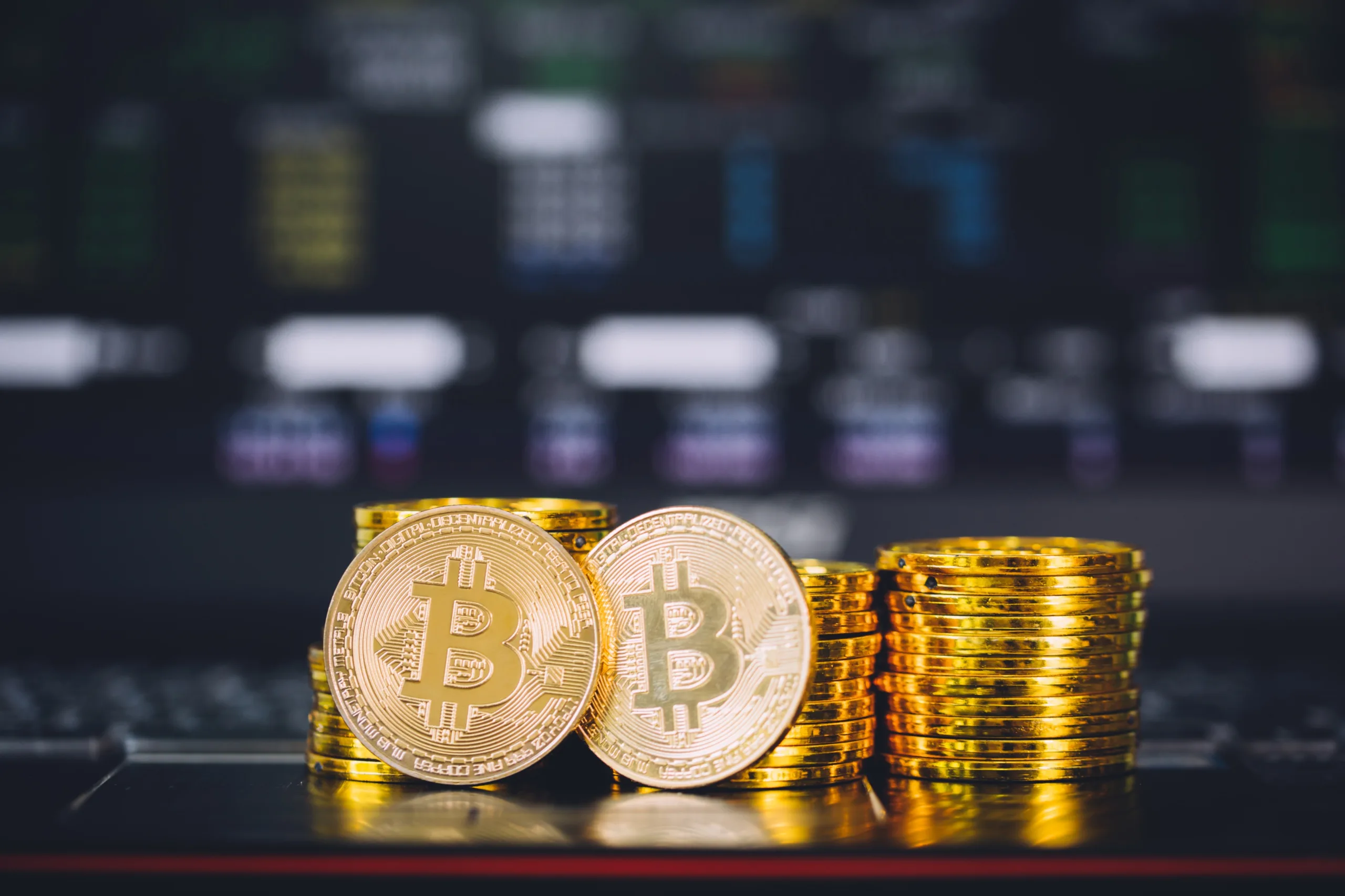In the intricate world of Bitcoin’s blockchain, a phenomenon known as “Bitcoin halving” reverberates as a cornerstone event. Halving entails a reduction in mining rewards by half, a process that holds immense implications for the cryptocurrency’s ecosystem. Currently, as of 2023, individuals who validate transactions on the network are rewarded with 6.25 bitcoins (BTC) for each successfully mined block. Looking ahead, the next halving is anticipated to transpire in April 2024, lowering the block reward to 3.125 bitcoins. Over time, the culmination of successive halvings will contribute to diminishing block rewards, gradually approaching zero.
Understanding Bitcoin Halving
To comprehend the essence of Bitcoin halving, it’s pivotal to unveil its mechanics. Embedded within the Bitcoin protocol, halving fundamentally slashes the reward granted to miners in half, a mechanism deeply embedded in the network’s design. This strategic reduction serves the purpose of regulating the creation of new bitcoins, ensuring Bitcoin’s finite supply at 21 million coins. With every halving event, the reward for miners is cut in half, diminishing the pace at which new bitcoins enter circulation, and consequently reinforcing the scarcity narrative that supports Bitcoin’s value proposition.
Bitcoin Halving Timeline
Bitcoin halving surfaces after approximately every 210,000 mined blocks – roughly every four years. Halving has transpired on three occasions, shaping the trajectory of its issuance dynamics. The first halving occurred on November 28, 2012, curtailing the block reward to 25 bitcoins. Subsequently, on July 9, 2016, the second halving ensued, further reducing rewards to 12.5 bitcoins. The most recent halving unfolded on May 11, 2020, ushering in the era of 6.25 bitcoins per block.
For reference, the block reward was initially 50 bitcoins in 2009, but as of August 2023, there are about 19.46 million bitcoins in circulation, leaving a mere 1.54 million left to be mined. The saga of Bitcoin halving extends until 2140, by which time the maximum supply of 21 million bitcoins will be reached.
How are Miners Affected?
Halving is tightly linked with the economy, supply scarcity, and miner incentives. While rewards decrease due to halving, Bitcoin mining persists with a stable blockchain. Occurring in intervals under four years due to mining times, it affects the network, potentially reshaping miner dynamics. Smaller miners could face tougher competition, while larger operations might fare better due to economies of scale.
What Does Bitcoin Halving Mean for Investors?
Bitcoin halving holds profound implications for investors. This event fundamentally alters the supply dynamics of Bitcoin, leading to a reduction in the rate of new coin issuance. As the reward for miners is halved, scarcity is amplified, often resulting in increased demand and potential upward price pressure. Historically, halvings have marked significant price rallies in the months and years following the event.
For investors, this presents both opportunities and challenges. While halvings can lead to potential price appreciation, they also introduce heightened market volatility. Hence, investors should carefully assess their risk tolerance, research historical patterns, and formulate a well-informed investment strategy that aligns with their financial goals and timelines.





